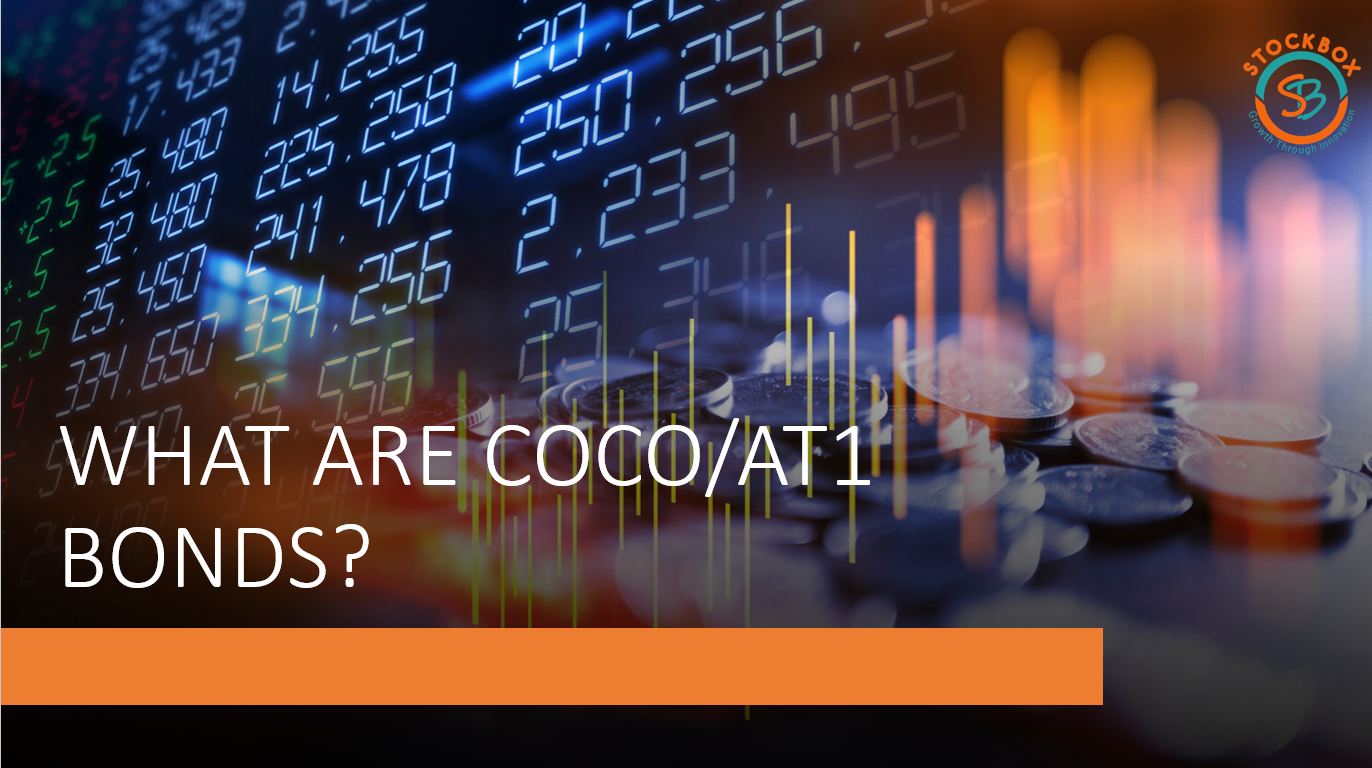Are you familiar with Coco Bonds? If not, then this piece will take you through the world of Coco bonds. In the financial space, coco bonds, are often referred to as contingent convertible bonds. They are a sort of hybrid asset that is becoming more and more popular in today’s time as they have a special characteristic that allows them to turn into equity in specific situations. In other words, the bond may convert into the issuer’s equity if the latter encounters financial difficulties.
However, the question arises why anyone would want to buy Coco bonds.
Well, banks frequently issue these bonds, and they’re viewed as a method for banks to raise capital without turning to more expensive choices like government bailouts. Because Coco bonds yield more than conventional bonds do, investors are interested in buying them; however, they do so with the increased risk of conversion.
Now, let’s assume you decide to purchase a bank-issued Coco bond. You’re earning a larger interest than you would on a conventional bond and the bank’s financial situation is stable. But, your Coco bond can become equity if the bank’s capital ratio falls below a specific level or if it violates regulatory rules. As a result, you would no longer get a set interest rate on your investment but rather would own stock in the bank.
For issuers, Coco bonds act as an instrument to raise money without having to turn to more expensive methods like government bailouts or rights offers. By issuing Coco bonds, issuers can increase their capital reserves and conform to regulations, which can lessen the risk of financial hardship.
Coco bonds’ capacity to tolerate losses is one of its distinctive qualities. Coco bonds’ ability to convert into equity in the case of a financial crisis can aid in stabilizing the issuer’s capital position and avert the need for pricey government interventions.
Risks associated with Coco bonds
As with other financial instruments, there are several risks associated with Coco bonds as well. The risk of conversion is the primary concern. Investors may suffer large losses if the issuer’s financial situation worsens and the Coco bond converts to equity.
The possibility of systemic losses spreading throughout the financial system is another danger connected to Coco bonds. If many Coco bonds are forced to convert into stock at once, other investors may become alarmed and sell similar securities, which might hurt the market sentiment as a whole.
In conclusion, coco bonds are a form of hybrid instrument that can provide investors with greater returns but also comes with more risks. Although they are a well-liked choice for banks seeking to raise money, investors should be informed of the risks and potential losses associated with buying these instruments.

